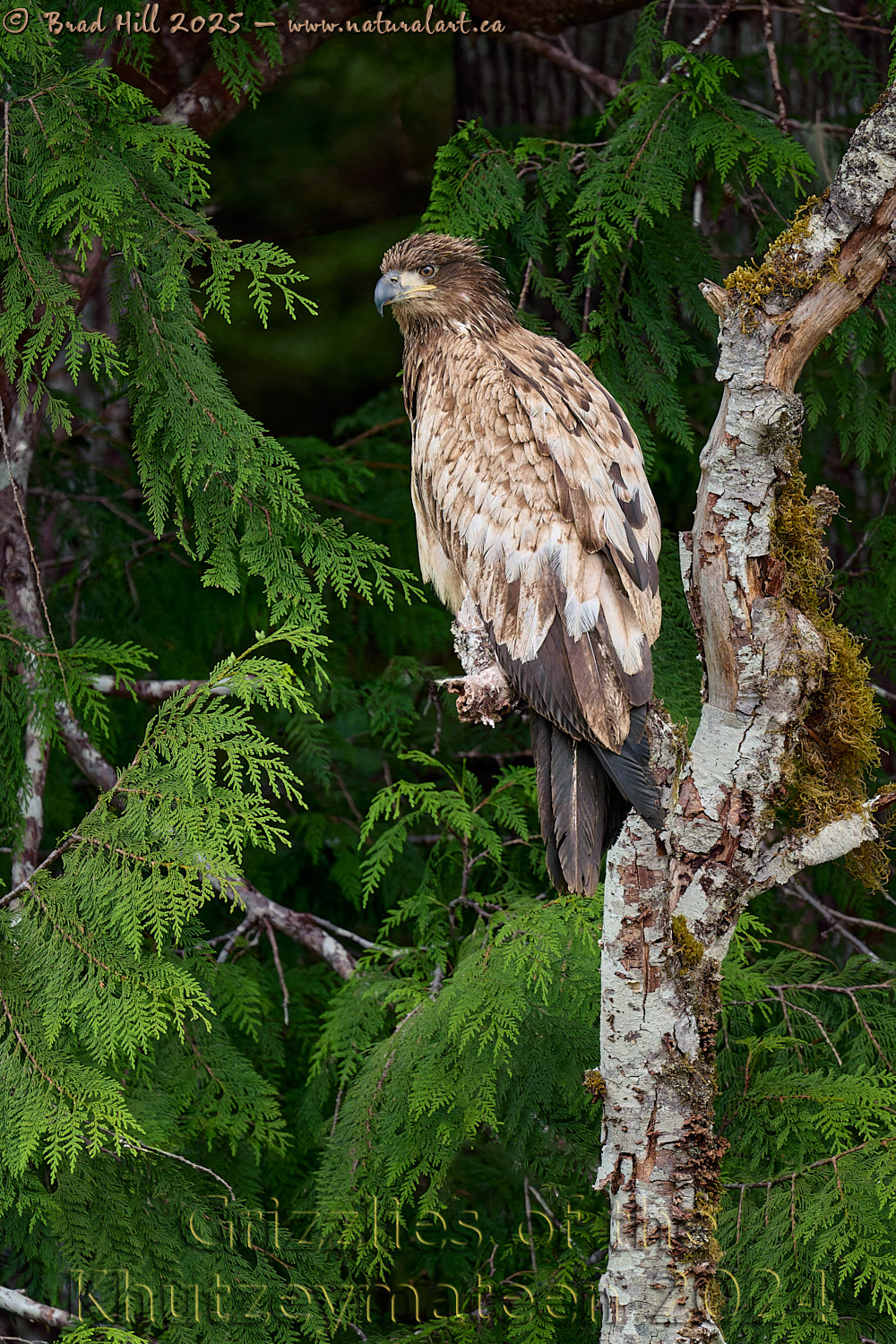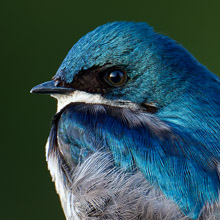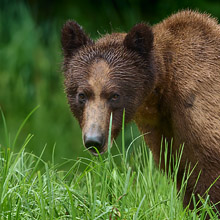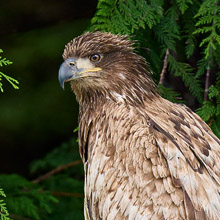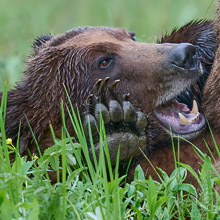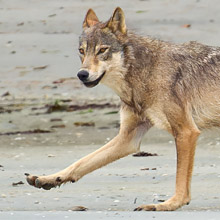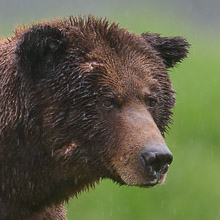Availability: Undetermined - Enquiries?
In the Field
Juvenile Blond Bald Eagle. Khutzeymateen Inlet, British Columbia, Canada. June 21, 2024.
According to the AI gods a white eagle symbolizes purity, honesty, power, greatness, hope and freedom. Well...this immature Bald Eagle is quite blond, but definitely not pure white. So I suppose this rare colour variation in a Bald Eagle symbolizes semi-purity, quasi-honesty, some power, a little greatness, a dash of hope, and somewhere between freedom and imprisonment. But one thing is for sure - it's definitely the lightest coloured Bald Eagle I've seen in the 20 years I've been visiting the Khutzeymateen! 😉
While I know of no one whose primary motivation to visit the Khutzeymateen is or was to see/photograph Bald Eagles (It's about the grizzlies stupid!), over the last 20 years I have found the Khutzeymateen Grizzly Sanctuary to be a reliable place to capture a wide variety of eagle images - from great "eaglescapes" with them perched in moss and lichen laden trees, to dramatic fishing shots, and more.
No, I'm not about to begin leading eagle photography photo tours in the Khutzeymateen Grizzly Sanctuary. But if you go there to photograph its amazing grizzlies you just might find yourself being distracted at times by the Bald Eagles!
Here's a larger version (4800 pixel) of this blond beauty:
• Juvenile Blond Bald Eagle: Download 4800 pixel image (JPEG: 5.6 MB)
ADDITIONAL NOTES:
1. These images - in all resolutions - are protected by copyright. I'm fine with personal uses of them (including use as desktop backgrounds or screensavers on your own computer), but unauthorized commercial use of the image is prohibited by law. Thanks in advance for respecting my copyright!
2. Like all photographs on this website, these images were captured following the strict ethical guidelines described in The Wildlife FIRST! Principles of Photographer Conduct. As such, no baiting or any form of attractant was used and, as always, we attempted to minimize our impact on the ongoing behaviour of the subjects. I strongly encourage all wildlife photographers to always put the welfare of their subjects above the value of their photographs.
3. This image was captured during my Khutzeymateen Explorer Photo Op photo tour in late spring of 2024. Each year I offer photo tours into the Great Bear Rainforest and, every other year, photo tours into the Khutzeymateen Grizzly Sanctuary (to photograph grizzlies, of course!). Details about these trips can be found on the Photo Tours page of this website.
Behind the Camera
Juvenile Blond Bald Eagle. Khutzeymateen Inlet, British Columbia, Canada. June 21, 2024.
High Efficiency* Compressed RAW (NEF) format; ISO 5600.
Nikon Z 9 paired with Nikkor Z 800mm f6.3S. Hand-held from a floating Zodiac inflatable boat. VR on in Sport mode. 3D-tracking AF area mode with subject detection on "Birds" mode.
1/800s @ f7.1; -0.3 stop compensation from matrix-metered exposure setting.
At the Computer
Juvenile Blond Bald Eagle. Khutzeymateen Inlet, British Columbia, Canada. June 21, 2024.
Initial noise reduction and capture sharpening on the .nef (raw) file using the DeepPRIME XD2S algorithm of DXO PhotoLab 8.1 Elite (using the appropriate lens/camera optical module).
Subsequent adjustments to the adjusted linear DNG file (exported from PhotoLab) and conversion to 16-bit TIFF file (and JPEG files for web use) - including all global and selective adjustments - made using Capture One Pro (build 16.4.6). Global adjustments were limited to a tweak to the Highlights and a minor contrast adjustment (using the Levels tool). Selective local adjustments performed using Capture One Pro's layers and masking tools. In this case numerous small adjustments and minor tweaks were made on 6 separate layers, with the tweaks being associated with "exposure balancing" and contrast adjustments (such as adjustments to brightness, clarity, highlights, shadows, etc.).
Photoshop modifications included insertion of the watermark and/or text.
Conservation
Juvenile Blond Bald Eagle. Khutzeymateen Inlet, British Columbia, Canada. June 21, 2024.
Species Status in Canada - Bald Eagle*: This species is not designated as at risk. The Bald Eagle was listed as "Endangered" in the contiguous US states from 1967 to 1995. In 1995 it was downlisted to "Threatened". On June 28, 2007 Bald Eagles were removed from the list of endangered and threatened species - a true American conservation success story.
The Bald Eagle (Haliaeetus leucocephalus) is a very large bird of prey with broad wings. Adults possess characteristic white ("bald") heads. It takes Bald Eagles a full five years to attain their characteristic adult plumage (including their nearly pure white head and tail). In the years prior to the development of their adult plumage they are easy to confuse with Golden Eagles. Being very broad-winged Bald Eagles are able to use an energy-efficient flapping-soaring style of flight. While many people like to think of the Bald Eagle as a fierce hunter, in reality they hunt only as a last resort. More commonly they scavenge for their prey. Additionally, they often klepto-parasitize other weaker species such as Osprey, commonly stealing the other species hard-earned prey items. The Bald Eagle is, of course, the national emblem of the United States (Benjamin Franklin argued against this - his preference was for the Wild Turkey).
*as determined by COSEWIC: The Committee on the Status of Endangered Wildlife in Canada













